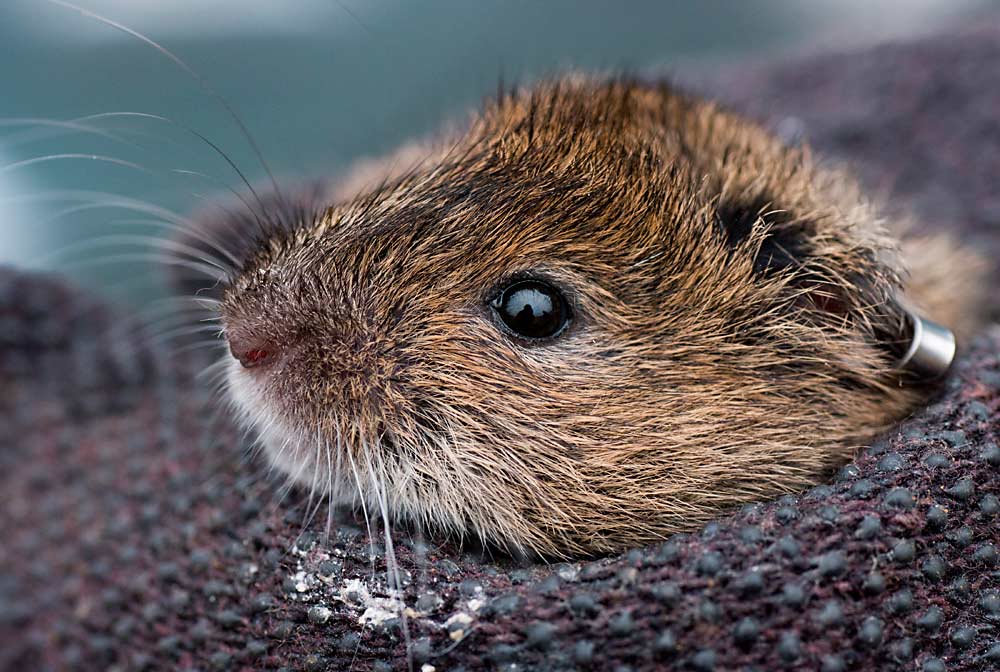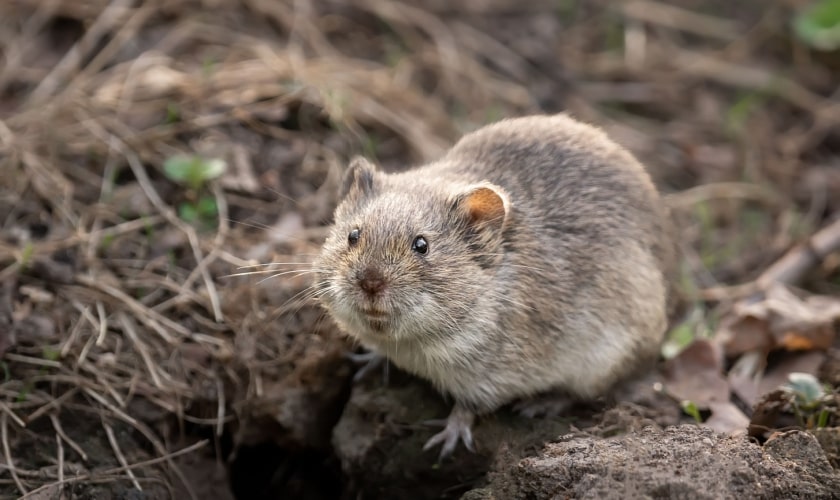Expert Vole Control Services: Utah's Trusted Option
Wiki Article
Mastering Vole Pest Control: Comprehensive Insights on Problem Avoidance and Therapy Methods
As property proprietors and caretakers, the visibility of voles can posture a considerable obstacle to preserving the stability of our exterior rooms. Comprehending the intricacies of vole behavior is crucial in creating efficient pest control strategies. By acknowledging the subtle indications of vole problem early, we can take proactive measures to prevent extensive damages. In this discussion, we will certainly check out the nuances of vole habits, explore the recognition of infestation signs, and discover one of the most efficient avoidance and treatment techniques. Stay tuned to find the insights that will empower you to understand vole insect control and guard your residential or commercial property versus these elusive rodents.Recognizing Vole Behavior
Examining the foraging patterns of voles supplies important understandings right into their habits and habitat choices. Voles, tiny rats resembling mice, are herbivores known for their below ground tunneling tasks. By observing their foraging behavior, scientists can acquire a much better understanding of where voles like to establish their environments and the level of their ecological influence. Voles are prolific breeders, with a single female capable of generating a number of clutters in a year, making it crucial to understand their habits for efficient parasite control approaches.
Research study suggests that voles display discerning feeding habits, preferring seeds, roots, and origins - vole yard damage. This nutritional choice affects their foraging patterns, leading them to locations abundant in vegetation and ground cover. Additionally, voles are understood to develop sophisticated tunnel systems for foraging and nesting objectives, indicating a high degree of flexibility to their environments
Understanding vole habits is essential for applying targeted insect control steps that disrupt their habitat preferences and foraging activities. By studying their habits, specialists can develop more effective avoidance and treatment strategies to take care of vole infestations.
Identifying Signs of Vole Infestation
Vole problems can be detected by recognizing specific indicators of their existence in an area. One of one of the most typical indications of a vole infestation is the existence of surface paths. Voles produce networks of narrow paths on the ground that are normally around 2 inches large. These paths are often discovered in grassy areas or beneath mulch or ground cover where voles can move openly and look for food.One more key sign of vole invasion is the presence of little burrow openings in the ground. Furthermore, voles are recognized to leave behind chewed plant stems, origins, and bulbs near their burrow openings, suggesting their feeding activity in the area.
Discovering these droppings along paths or near burrow openings can validate a vole infestation. By being watchful for these signs, residential or commercial property proprietors can without delay attend to vole problems and prevent additional damages.
Executing Positive Avoidance Measures
To successfully reduce the dangers connected with vole invasions, residential property proprietors can proactively implement a variety of preventive measures intended at protecting their gardens and landscapes. Furthermore, maintaining garden areas clean and lessening clutter where voles could hide or nest is important in reducing their existence.Moreover, utilizing natural vole deterrents like castor oil-based repellents or killer urine can work as reliable preventative actions. It is also recommended to frequently evaluate outdoor areas for any type of indications of vole task, such as runways or tunnel openings, to attend to possible infestations without delay. By adopting these proactive avoidance strategies, homeowner can significantly lower the probability of vole damages and preserve the wellness and aesthetic appeals of their landscapes.
Effective Treatment Methods
Including targeted trapping approaches and using authorized rodenticides are crucial components of efficient therapy techniques for taking care of vole problems. Trapping can be an effective means to reduce vole populations, especially when put purposefully in their energetic paths. Break traps and live traps can both work, with the latter permitting the capture and relocation of voles. When making use of rodenticides, it is essential to adhere to safety standards to avoid damage to non-target pets and animals. Area rodenticides in safe and secure bait terminals to reduce threats to unplanned targets. In addition, habitat modification, such as lowering ground cover and removing sources of food, can help prevent voles from infesting an area. Normal surveillance and maintenance are also vital aspects of effective therapy strategies to guarantee that vole populations check this are kept under control. By incorporating capturing, rodenticides, environment modification, and constant tracking, efficient vole bug control can be attained.
Surveillance and Maintenance Tips
Maintaining a systematic schedule for surveillance and carrying out regular upkeep tasks is important to maintain the effectiveness of vole pest control click now measures. Normal tracking enables the very early discovery of vole activity, enabling punctual intervention before problems get worse. To effectively check vole populaces, strategically positioned traps can be used in vole paths or near burrow entries. By regularly inspecting these traps, homeowner can evaluate the degree of vole activity and adjust control methods appropriately.Additionally, maintaining a well-kept and tidy landscape is essential in vole prevention. Cleaning away debris, such as piles of wood or thick greenery, removes prospective vole habitats. Regularly trimming and cutting yards vegetation helps in reducing vole hiding areas and decreases their access to food resources.

Verdict
In final thought, mastering vole insect control requires a solid understanding of vole habits, the capability to recognize indicators of invasion, executing positive prevention procedures, effective treatment methods, and constant tracking and maintenance. By taking a comprehensive technique to vole control, individuals can effectively take care of and stop infestations, eventually shielding their building and bordering environment from useful content damage brought on by these little rats.In this discussion, we will check out the nuances of vole actions, dive into the identification of invasion indicators, and discover the most reliable prevention and therapy methods.Including targeted capturing approaches and utilizing authorized rodenticides are vital components of efficient therapy techniques for taking care of vole problems. To effectively keep an eye on vole populaces, strategically positioned catches can be used in vole paths or near burrow entrances. Checking and fixing any type of damages to these frameworks ensures that vole control remains efficient in protecting buildings from invasions. By integrating these surveillance and maintenance methods into a thorough vole parasite control strategy, people can effectively manage vole populations and safeguard their homes from damage.
Report this wiki page